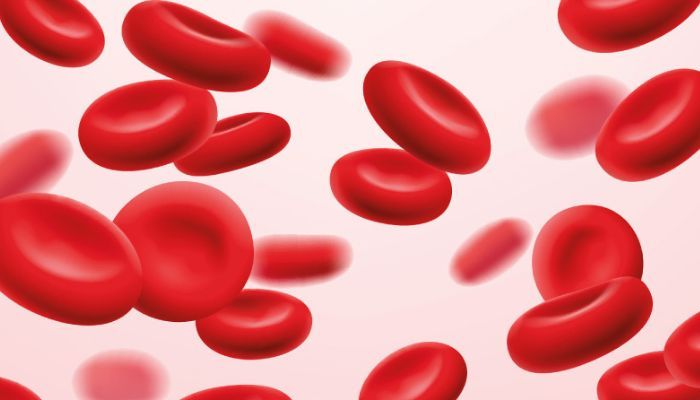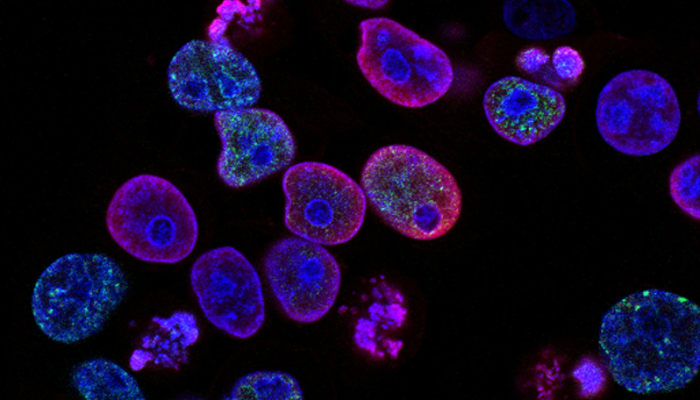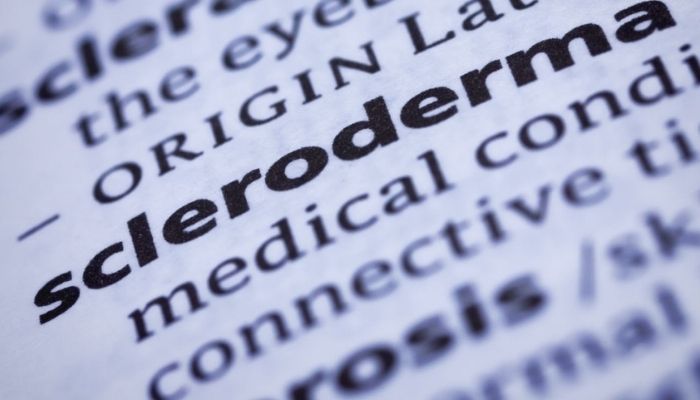|
Cabaletta Bio developing CAR T-cell therapy for other autoimmune conditions by Marisa Wexler, MS | January 9, 2024 The U.S. Food and Drug Administration (FDA) has granted fast track designation to the cell therapy CABA-201 for organ dysfunction in people with scleroderma.
The agency also granted CABA-201 fast track status to reduce disease activity in people with dermatomyositis, another rare disorder that’s marked by muscle weakness and skin rash. The FDA had previously given CABA-201 fast track designation as a potential treatment for lupus. “The additional Fast Track Designations for CABA-201 … provide the opportunity for expedited development and review of CABA-201 for the treatment of these autoimmune indications where there is a significant unmet need, despite currently available therapies,” David Chang, MD, chief medical officer at Cabaletta Bio, which is developing CABA-201, said in a company press release. Higher cholesterol linked to lower risk of scleroderma in South Korean study by Margarida Maia, PhD | January 2, 2024  People with more circulating cholesterol — a type of lipid (fat) that plays an important role in the body — may be at a lower risk of developing systemic sclerosis (SSc), according to a study of nearly 10 million people living in South Korea.
Based on these findings, researchers suggest that a person’s lipid levels, which can be profiled from a blood test, may tell how likely that person is to develop SSc, which could help in early diagnosis. The study, “Association Between Lipid Profile and Risk of Incident Systemic Sclerosis: A Nationwide Population-Based Study,” was published in the journal Clinical Epidemiology. For those of you new to our website and wanting to know a little more about Scleroderma, we hope this article gives you what you are looking for. If you want to ask questions from others on the same path, please don't hesitate to reach out via our FB pages. Scleroderma is a chronic disease that affects the skin and connective tissue, the tissue that supports and holds organs together, and is also found in the joints.
The hallmark of scleroderma is thick and hardened skin caused by excessive production of collagen, a protein that is the main component of scar tissue. This scar tissue can accumulate in and damage organs, including the heart and blood vessels, and the lungs, stomach, and kidneys. Females are about four times more likely to develop scleroderma than males. Disease onset typically occurs between ages 35 and 50, though people of all ages can be affected. Causes Scleroderma is an autoimmune disease, meaning it is caused by an overactive immune system that mistakenly attacks the body’s own tissues. The resulting excessive inflammation damages the skin and affected organs. It is a complex condition, and the underlying disease process is not well understood. It is thought that the disease results from a combination of genetic and environmental factors. Scleroderma is not contagious, infectious, or cancerous. Symptoms Symptoms of scleroderma vary among patients, and can range from very mild to life-threatening depending on which parts of the body are affected and the extent of organ involvement. A mild case can become serious if not treated properly. Characteristic symptoms, besides patches of thick and hardened skin, include contractures when skin stiffens over joints, skin ulcers (sores), calcinosis — when lumps of calcium form under the skin — and Raynaud’s phenomenon, in which the fingers and toes feel numb, prickly, or frigid in response to cold temperatures or emotional distress. Manifestations affecting internal organs include damage to muscle and bone tissue, shortness of breath, an abnormal heart rhythm, a burning sensation in the chest (heartburn), difficulty swallowing, blurred vision. A scleroderma renal crisis is possible in some systemic scleroderma (mentioned below) patients. This renal, or kidney, crisis is a serious disorder characterized by a sudden onset of high blood pressure, progressive kidney failure, hypertensive encephalopathy (brain dysfunction or damage due to high blood pressure), and/or microangiopathic hemolytic anemia, or anemia due to the red blood cells being sheared (ripped apart) as they pass through small blood vessels. |
AuthorScleroderma Queensland Support Group Archives
July 2024
Categories
All
|
Scleroderma Association of Queensland
©Scleroderma Association of Queensland. All rights reserved. Website by Grey and Grey.


